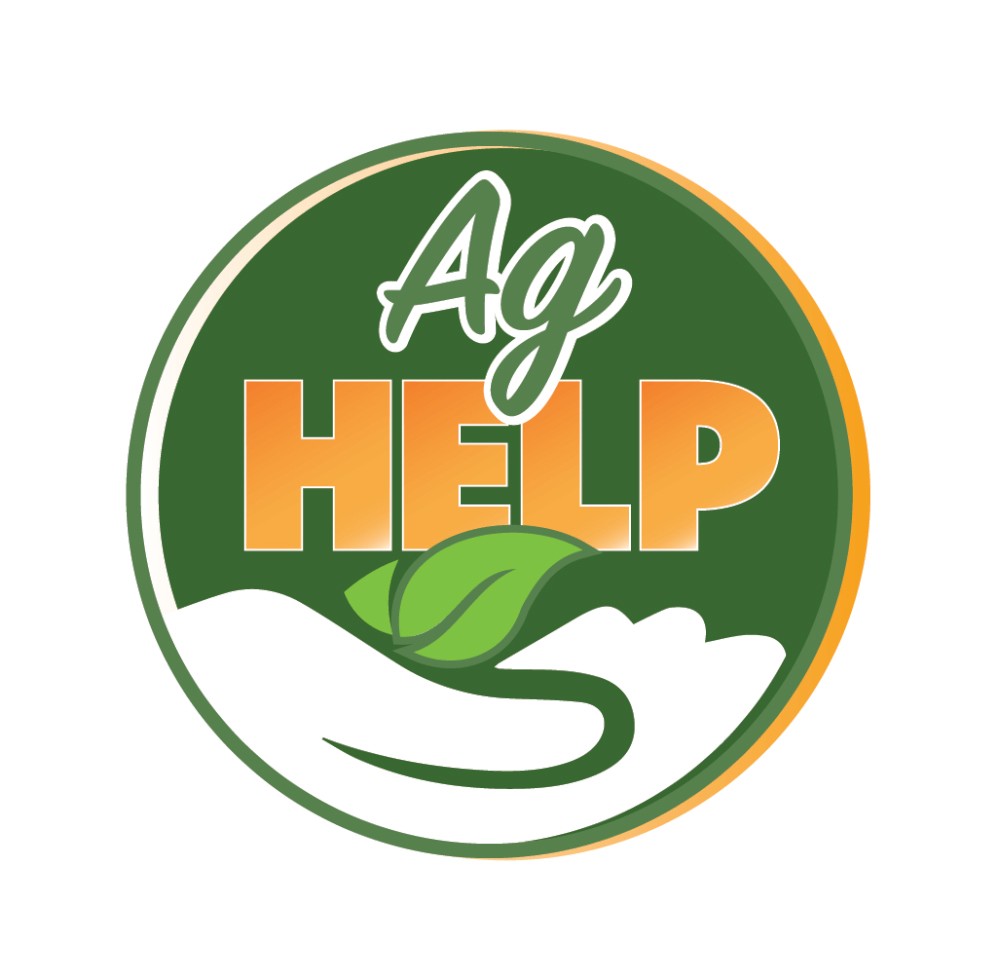New app to streamline communication between farmers and migrant workers

GVL / Courtesy – GVNow
Jun 5, 2017
Farmers need physical labor to help them pick certain crops and vegetables. Migrant workers consequently travel anywhere from Texas to Michigan and everywhere in between looking for work. But, arguably, there isn’t currently an efficient way for migrant workers and farmers to communicate.
This is why Feliciano Paredes, a resident of West Michigan, has worked with Grand Valley State University graduate student Xiaomei Huang to develop an app. The app, “AgHelp,” is currently undergoing beta testing and seeks to bridge the gap between farmers and workers.
“The biggest pain farmworkers have is that they come into a new location and don’t know anyone or where to access resources,” Paredes said. “Now, they can access resources by typing in the city, state or zip code on the app.”
Paredes was a farmworker until he was 18 years old. His family of four brothers and four sisters traveled to Texas, Florida and Georgia, he said. Paredes said many families don’t always know if the farm they travel to will have work for them to do or housing for them. This gave him the idea to create an app so families could find out this information in advance.
The old methods for farmworkers looking for employment have been word-of-mouth or posting flyers at local establishments, Paredes said. He thinks this process can be made more efficient through the use of his app. Paredes took his idea and met up with Huang to develop it.
“This app will assist migrant farmworkers to locate resources more conveniently and help growers find and retain laborers,” Huang said. “It also will help agencies locate seasonal workers who are not living in labor camps.”
Huang began the development of the app as a capstone project for her CIS 657 class last summer. She herself is an immigrant, and she related the issues she initially had trying to find help to the same issue a lot of farmworkers have, Paredes said. Huang wrote the code for Aghelp, and when she needed technical and functionality guidance, she reached out to GVSU professor John Englesma.
Paredes has spent the last 15 years working in the private and public sectors of different agencies that affect farmers. Paredes said this put him in a good position to conduct the app since he had gained a deeper knowledge of what farmers and farmworkers go through. Afterward, he took his idea of the app to Start Garden’s 5×5 Night. There, he made it into the top five after presenting his idea for five minutes to five judges. He earned a reward of $5,000 to kickstart his app.
Huang and Paredes believe the app is on the verge of growing fast. They were chosen to pitch the app at the University of California, Berkley last month and were only one of 10 groups chosen to present. Paredes said he and his partner want to go out to these different events and take advantage of these opportunities since their biggest problem right now is funding. The app is not yet available for download, and the creators are working on getting it on both Apple and Android platforms.
“This app was initially made to solve a problem,” Paredes said. “Now, it has the potential to be a business, and I never saw that coming.”

























